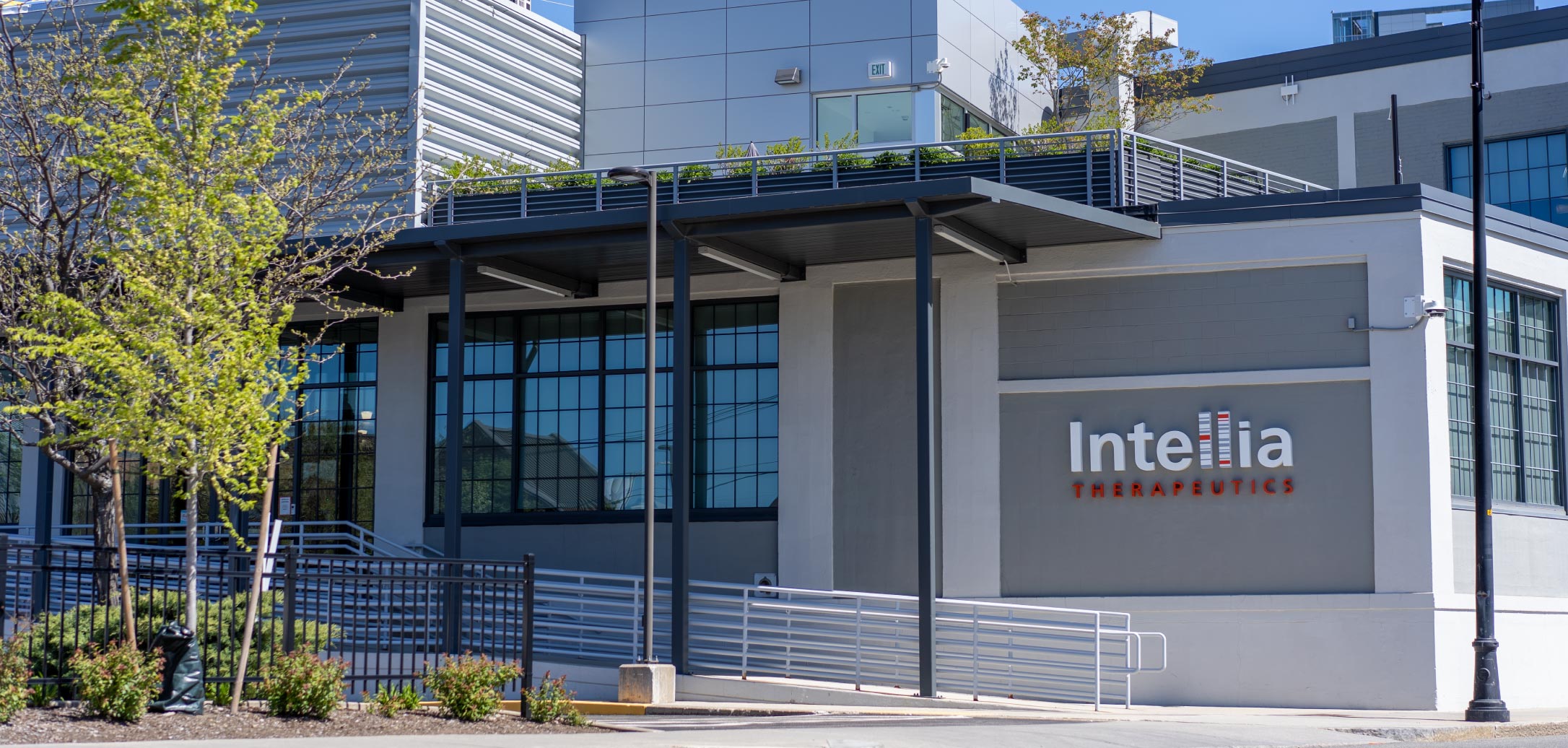Intellia’s Response to Nature Methods Article on CRISPR/Cas9
To The Editor:
Recently Schaefer et al. (1) reported the presence of more than a thousand genome differences between mice that had been edited with S. pyogenes Cas9 at the zygote stage, and a control mouse of the same strain. Given the overlap of genetic differences between the two edited mice compared to the control mouse, the authors concluded that these differences arose from a Cas9-dependent activity. Flaws in the study design and data analysis, however, make this conclusion inappropriate. Based on the information available on the mouse study, the more plausible conclusion is that the genetic differences reflect a normal level of variation between individuals in a colony.
These alternative interpretations can be resolved by establishing when the reported differences arose in the lineage of these mice. The authors assume, given the pattern of homo- and heterozygosity, that they occurred in a burst in either the 1- or 2-cell stage even though the intended Cas9 repair occurred at a later stage given the mosaicism of these edited animals (2). Unfortunately, the authors did not sequence the parents, nor do we know if the edited animals (F03 and F05) are true sibs or simply closely related. There is also no information given on how closely related the colony control animal was to the parents used in this study. This missing evidence is critical to support their conclusion. Notably, in an unrelated study, WGS of unedited inbred mouse littermates showed 985 sites of variation between individuals (3), a number similar to that found in the authors’ dataset (696 SNVs and indels). Furthermore, a second unrelated study directly examined the effects of Cas9 editing (with intact Cas9 cleavase or Cas9D10A nickase) using WGS (4). These authors saw significant variation between individuals, but after comparison with relevant control parental and sib genomes, demonstrated the opposite result, namely that Cas9 induced no unexpected mutations. Absent the parental DNA sequence, the Schaefer authors could also have either looked at more than 2 F0 animals, or examined the degree of overlap between the control genome and either edited mouse, which they did not do (they only reported on variant sites in the edited mice absent from the control genome). This complete pairwise analysis could directly support or refute their claim.
Beyond this missing evidence, the authors’ explanation requires activities that Cas9 is not known to possess. First, the authors show that none of the edited sites has sufficient target homology to the guide (5) to support Watson-Crick gRNA-DNA base pairing. There was no genome-wide unbiased off-target analysis done with the chosen guide RNA (2), so we have no baseline for understanding its specificity. Second, 13/30 sites presented (43%) lack a -GG- PAM within 4 bases of the variant, the only known pre-requisite for Cas9 to engage with DNA (6). Third, there is no known mechanistic basis for Cas9 to induce SNVs, nor did the authors propose one. Indeed the preponderance of SNVs reported is consistent with their being caused by spontaneous deamination, a major driver of sequence drift in genomes (7).
In summary, we feel that the principal conclusions of the paper (that the variation seen was unexpected and that it was Cas9-mediated) have not been demonstrated, and a simpler alternative explanation was not explored.
Competing financial interests
The authors declare competing financial interests: details are available in the online version of the paper.
Authors
Thomas M. Barnes1, Reynald M. Lescarbeau1, Bradley Murray1, Nessan Bermingham1
1Intellia Therapeutics, Inc. Correspondence should be addressed to N.B. (nessan@intelliatx.com).
References
- Schaefer, K. et al. Unexpected mutations after CRISPR-Cas9 editing in vivo. Nat. Methods 14, 548-549 (2017).
- Wu, W.-H. et al. CRISPR Repair Reveals Causative Mutation in a Preclinical Model of Retinitis Pigmentosa. Mol. Ther. 24, 1388-1394.
- Oey, H. et al. Genetic and epigenetic variation among inbred mouse littermates: identification of inter-individual differentially methylated regions. Epigenetics & Chromatin 8, 54-65 (2015)
- Iyer, V. et al. Off-target mutations are rare in Cas9-modified mice. Nat. Methods 12, 479 (2015).
- Doensch, J.G. et al. Optimized sgRNA design to maximize activity and minimize off-target effects of CRISPR-Cas9. Nat. Biotechnol. (2016) 34, 184-191.
- Anders, C. et al. Structural basis of PAM-dependent target DNA recognition by the Cas9 endonuclease. Nature (2014) 513, 569-573.
- Tubbs, A and Nussenzweig, A. Endogenous DNA damage as a source of genomic instability in cancer. Cell 168, 644-656.

